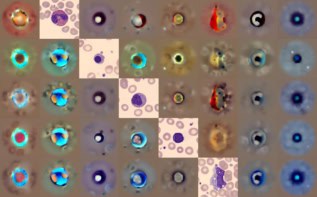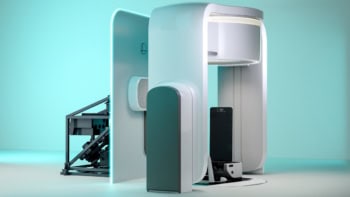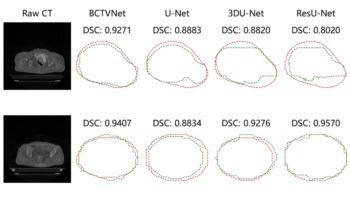Physicists in the UK believe that they have developed a technique that could be used to detect skin cancers and other epithelial tumours not visible to the naked eye. The technique, which relies on terahertz radiation, could be an effective and non-invasive alternative to the conventional medical imaging techniques used to diagnose these types of tumours (E Pickwell et al. 2004 Phys. Med. Biol. 49 1595).
85% of all cancers lie in the epithelium – that is, on or near the skin – but their small size can make them difficult to detect. Moreover, skin tissue must be surgically removed for analysis, which is both time consuming and invasive.
The technique developed by Emma Pickwell and colleagues at Cambridge University and TeraView could overcome these problems by exploiting the fact that water strongly absorbs radiation at frequencies between 0.1 and 3 terahertz. Since cancerous tissue tends to have a higher water content than healthy tissue, terahertz radiation could be used to differentiate between the two. Furthermore, the team have shown for the first time that terahertz imaging can be used in vivo.
Healthy skin contains about 70% water, so Pickwell and co-workers first developed a computer model that simulated the interaction of terahertz radiation with water. They tested the model by comparing its predictions with the results of tests on 20 healthy volunteers.
By measuring how terahertz pulses were reflected from skin on the forearms and palms of the volunteers, Pickwell and co-workers were able to distinguish between different types of skin, such as dry and normal skin. More importantly, they found that their simulation method was able to successfully model the interaction of terahertz light with normal skin.
“The success of applying the simulation to skin aids the understanding of the interaction of terahertz radiation with biological tissue,” Pickwell told PhysicsWeb. “Exploiting the differences in the response of terahertz light to normal and diseased skin may lead to terahertz imaging being used in hospitals as a clinical tool for identifying regions of cancer.”



